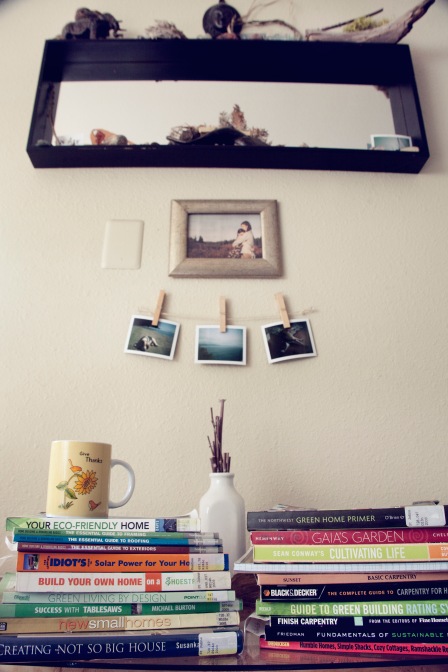“Without leaps of imagination or dreaming, we lose the excitement of possibilities. Dreaming, after all is a form of planning.” -Gloria Steinem
Our “tiny” home building project will no doubt begin with an immense amount of skill building. Over the past few weeks I have been continually humbled as I delve deeper in to the mental exercise of contemplating and problem solving the individual stages and task required to build our own home. Much of it seems very intuitive, and I am very confident in our ability to “learn as we go”. The differences, for me, appear to be in the detailed nuances of each task. This can make the difference between spending several comfortable years reveling in our tiny work of art or cursing the day we didn’t take the extra time to consider a better way. In an effort to organize my thoughts, I’ve began to consider the different tasks in the order they’ll need to be completed. First up, the ‘envelope’.
“Envelope (n) 1. A flat paper container with a sealable flap, used to enclose a letter or document. 2. A covering or containing structure or layer.” (Oxford American Dictionary, 2012)
In house building, the term ‘envelope’ refers to the outer shell of a building (the floor, walls, and roof). I was pointed in the direction of a series of blogs posted on the subject of building science and tiny homes (http://2cycle2gether.com). The author describes how in a zen like way building science seeks “to protect our home from the elements and shield it from the negative results of human habitation”. The majority of what I read concerning the envelope was aimed at limiting the effects of water and air exchange. We should embrace the idea that at some point in time water inevitably will make it’s way past the water barriers we have established, and our design must give it a proper place to escape. This can be achieved through a delicate balance of trapping and releasing air and water. This will no doubt result in a tiny home that is more efficient, comfortable, and sustainable.
I also learned about an insulation called “dense pack cellulose”. It is a “blown type” of insulation that is more efficient than fiberglass, doesn’t allow air to pass through it, and does not lose thermal efficiency during cold weather. There are many other subtle techniques discussed, many of which I will have to read again and again.
Although it’s felt like a few slow weeks of learning, dreaming, and planning I know that each inspiration takes us one step closer to making our tiny dream a reality. For the moment we will continue to look for a suitable space to build our home, continuing to dream and plan, and laugh, and learn along the way.
-Mitchell
Much of the material and I’ve mentioned and directly quoted was taken from (http://2cycle2gether.com/2011/02/tiny-house-building-science). Please visit their blog for a first hand account of putting the principles of building science in to action.


Great post again. I am in awe at how much you are learning and getting ready to put into practice. Keep holding your vision.
We LOVE what you’re doing and will be supporting you from afar. If you ever need any feedback on ideas or need someone who has “been there” to help get you through those inevitable times of doubt or frustration, feel free to call on us.
Thanks for the link back to our site. Really cool you’re thinking about building science and all that – the planning/designing stage was, in hindsight, the most important part of the build for us. Try not to feel pressured to move forward more quickly than what feels right, you’ve got the right ideas on taking your time to figure out what you want and how to best proceed.
We’re super excited for you!! ~Kai & Sheila